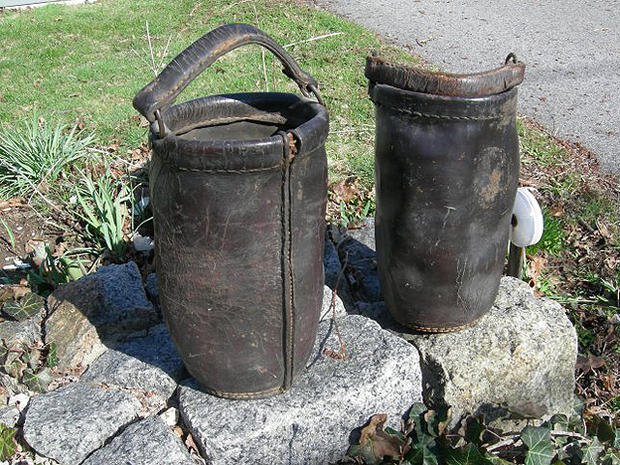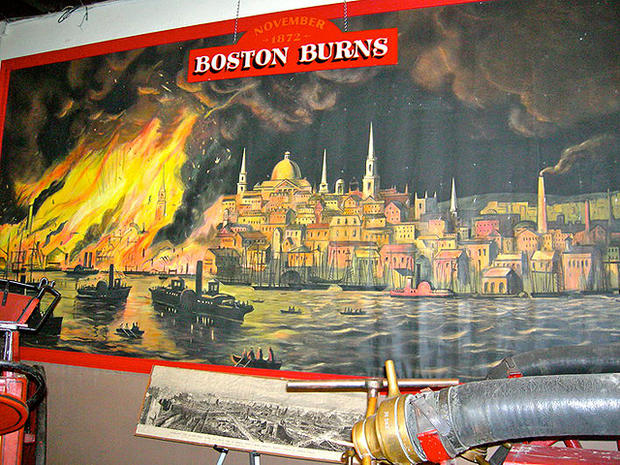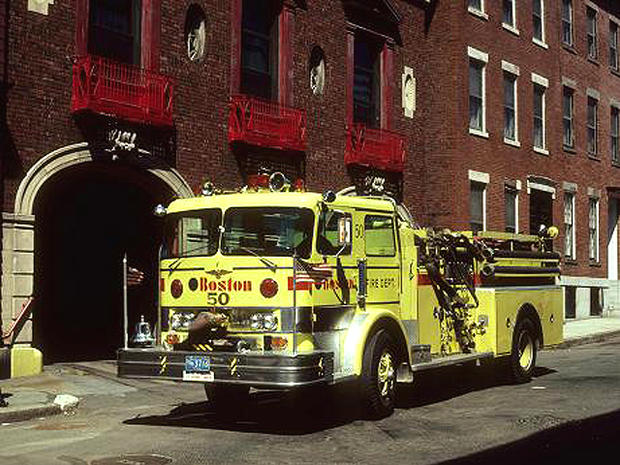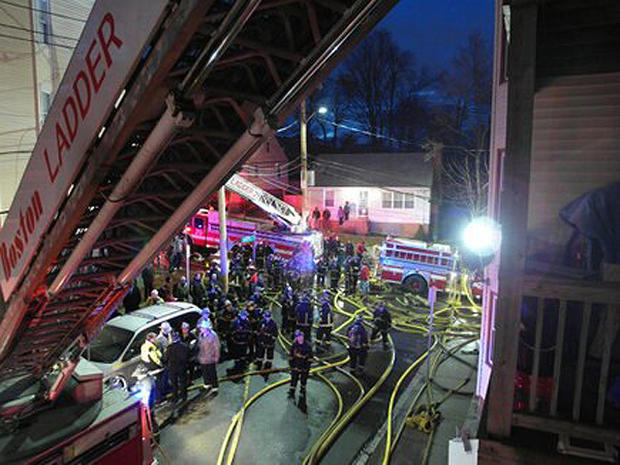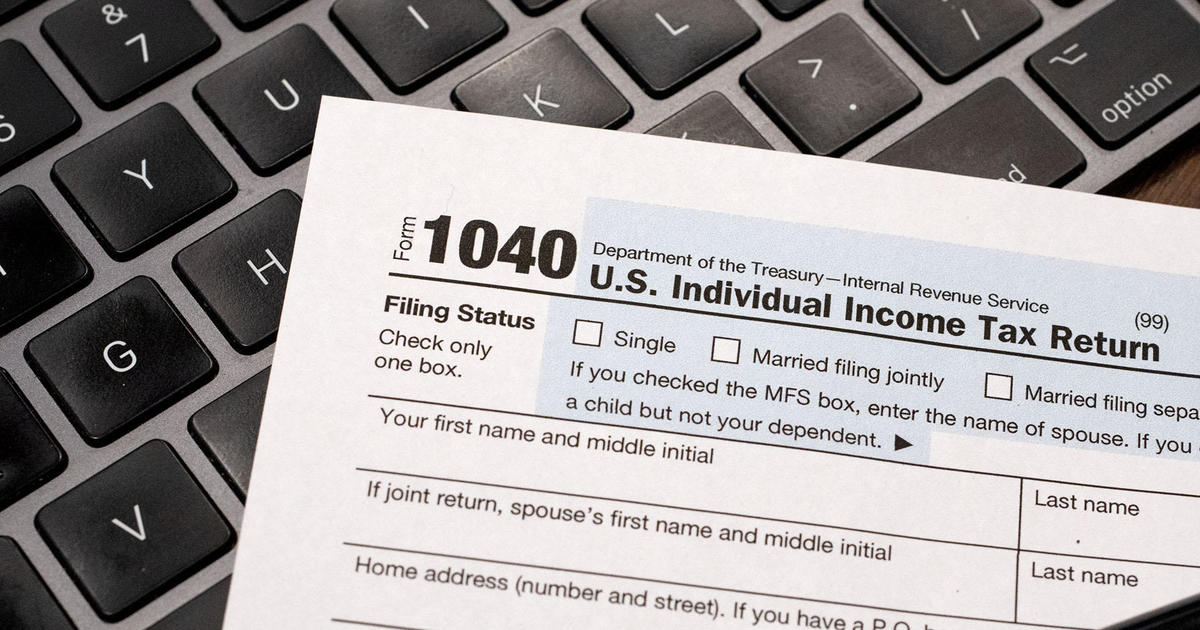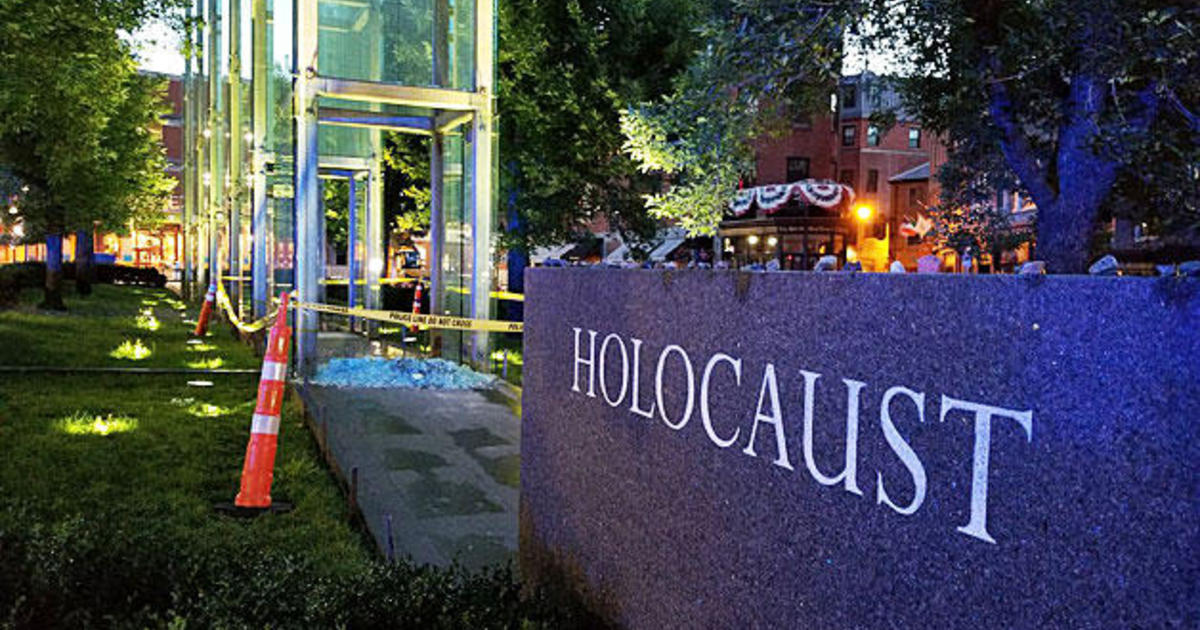5 Things You Didn't Know About The Boston Fire Department
1. Boston's First Fire
The Boston Fire Department hadn't been created when the first fire ever recorded in Boston broke out on March 16, 1630. Thomas Sharp's home burned to the ground after his wooden chimney caught fire. A neighbor's home was also destroyed. Soon after, the governor banned wooden chimneys and thatched roofs, but it wasn't until 48 years later - in 1678 that a paid (call) municipal fire department was organized.
2. Boston Bucket Brigade
The nation's first fire engine accompanied the creation of the nation's first paid fire department. Before 1678 though, a bucket brigade would form two lines from the town well to the fire. One line would pass full buckets of water to the fire. The other would pass the empty buckets back toward the well. When that first engine came into service, it consisted of a three-foot-long, 18-inch-wide wooden box; carrying handles; and a pump feeding a small hose. The bucket brigade's responsibilities shifted to keeping the fire engine's tub full.
3. Controlling Boston's Worst Fire
On November 9, 1872, fire broke out in the basement of a warehouse on Summer Street. As flames spread to nearby buildings, Boston firefighters called for backup. Unfortunately, at the time, the couplings on fire hydrants were not standardized, and varied from town to town. That limited the help of neighboring departments. The fire killed at least 30 people, including about a dozen firefighters. It also destroyed 776 buildings. Eventually, firefighters used explosives to create firebreaks, which helped them get the largest fire in the city's history under control.
4. Going Green
In the 1970s a somewhat prominent researcher found that painting fire trucks lime-green could prevent accidents. He asserted that lime-green was a more noticeable color than red, which would be beneficial to other motorists when fire trucks were rushing to emergencies. The National Fire Protection Association adopted the recommendation in the late 1970s, and Boston followed suit, making the switch on many of its vehicles. The color change didn't last very long. The NFPA recommendations were changed and Boston City Council voted to switch back to red in 1984.
5. By The Numbers
The Boston Fire Department has 1,611 personnel serving an area of 47.3 square miles and a population of close to 600,000 people. At their disposal - a total of 70 fire companies and units, including 33 engine companies, 18 ladder companies, 2 rescue companies, a hazmat unit, a marine unit, and a whole bunch of other specialized units. In 2012, they responded to more than 72,000 emergency calls.

